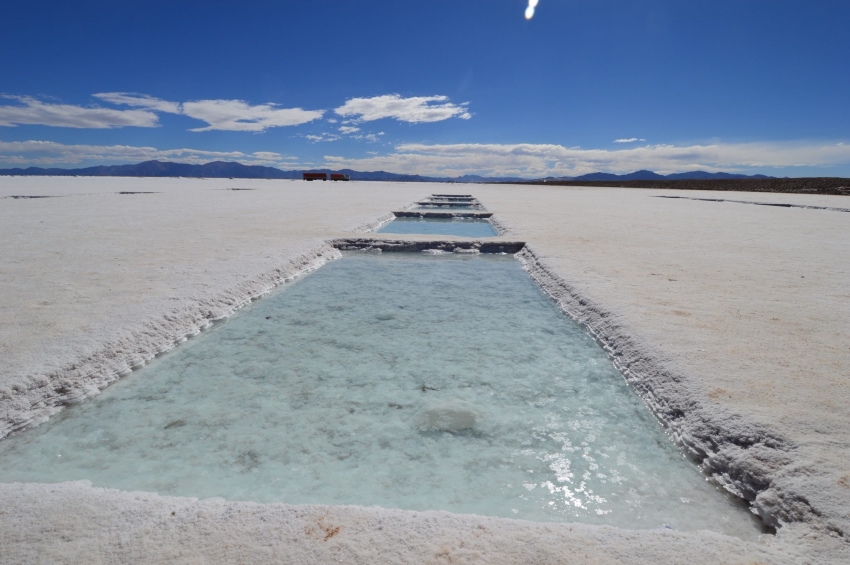
Lithium and lithium containing compounds play very important role in modern industries, and there are rich lithium resources in salt lakes in the world.
Much of the world’s commercial lithium is still recovered today in the way it has been for half a century: by evaporating brines collected from salars and salt lakes in evaporation ponds. Recovering lithium in evaporation ponds can take a year or more and leaves behind lots of salt waste, but there are new technologies and processes that offer exciting options for lithium extraction.
The demand for lithium is outpacing the rate lithium is being mined from brines, due to continuing advancements in mobile devices and electric cars. Lithium is an abundant element, however, there are very few commercial resources where lithium is found in concentrations sufficient for producing useful lithium compounds. The primary sources of lithium are in brines from salars and salt lakes, and lithium-bearing spodumene ores, while geothermal brines represent the second most productive sources of lithium. Lastly, produced waters from oil & gas fields are an untapped source of lithium that may grow in importance in the future. To ensure the productivity of these lithium resources, it is essential to have lithium recovery technology and processes that are optimized to the characteristics of each individual resource, such as the concentration of lithium, the ratio of lithium to magnesium and calcium ions, and relative concentrations of other ions.
Lithium Recovery via Adsorption
Lithium selective ion exchange sorbents are a promising alternative for extracting lithium from brines. Inorganic ion exchange sorbents, such as lithium manganese oxides, spinel lithium titanium oxides, and lithium aluminum layered double hydroxide chloride, have been shown to have high lithium-selective uptake capacity. However, the recovery process requires the lithium to be in contact with these sorbents for long periods of time.
A novel technique based on an electrolytic cell that contains LiFePO4/FePO4 as an electrode material has been studied to selectively recover lithium. Under an electrochemical process, lithium ions from a lithium-bearing brine are selectively intercalated into a cathode made from FePO4 to form a lithium-saturated LiFePO4. Then, the current is reversed, turning the LiFePO4 into an anode that can be used to recover lithium.